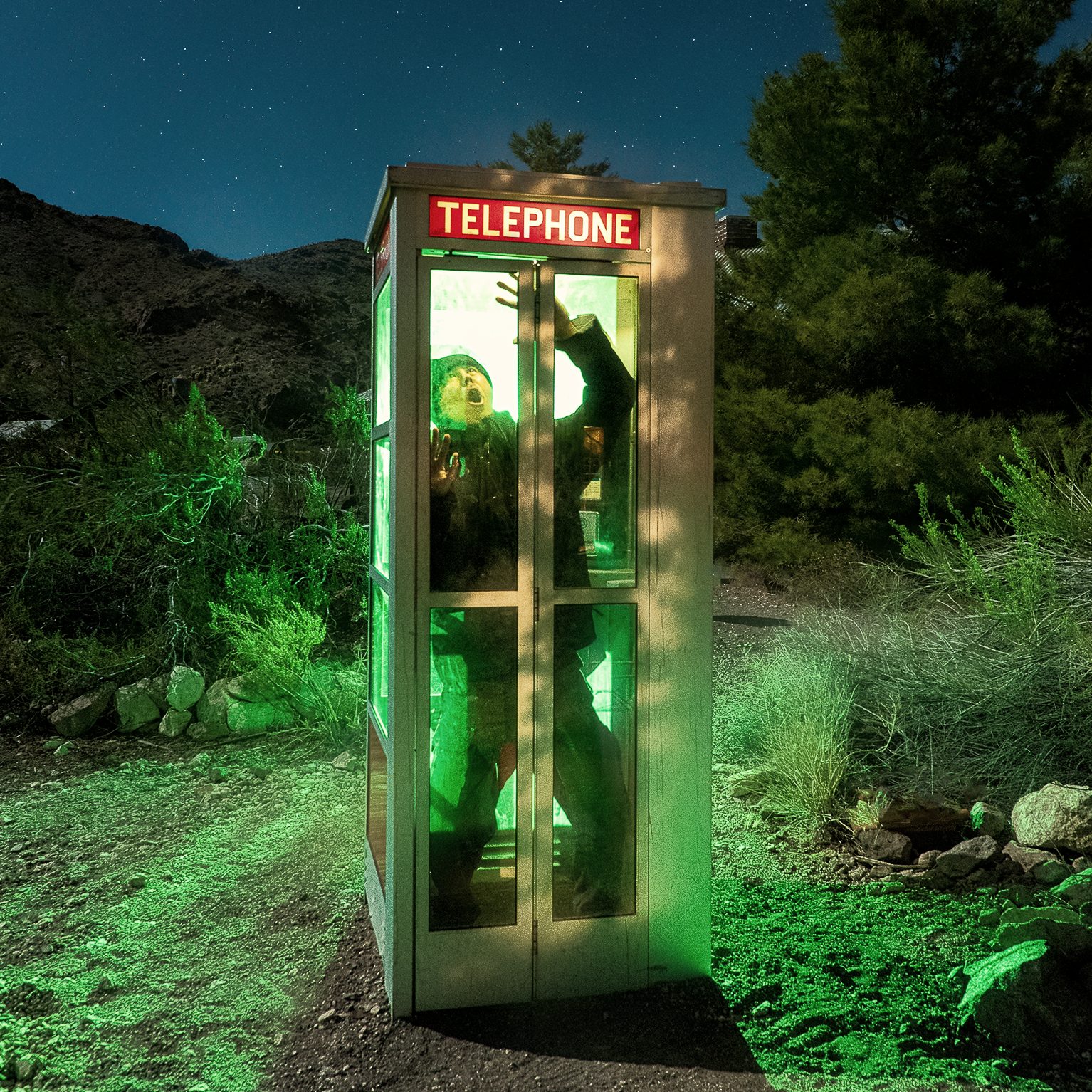I use Google Maps to find interesting landscape and abandoned areas that I want to photograph. Here’s just a few of the ways that I use the mobile app.
Finding locations
Although you most certainly could find locations and examine them on your phone, I find it’s more efficient on a desktop or laptop. I mark areas of interest, “star” them, and they sync with the app after a short while.

Offline maps
One of the bonuses of Google Maps is that I can download a map. This not only saves on cellular data usage, it also allows me to navigate when there is no cell signal.
You heard that right. I should say right here that while it works almost all the time, it does occasionally glitch. I like to have a backup, whether that’s a paper map or another app such as ViewRanger, which also has the coordinates and a downloaded map.
There have been two times in which the app did not follow where I was going, and both times were while I was driving.

After downloading your map, you can access this whether you have cellular data or cell phone coverage at all because of your phone’s built-in GPS.
Satellite view
Both the website and the Google Maps app have satellite view. This enables you to zoom in close and see the lay of the land.
This can be particularly handy for getting to see where everything is or where the sun is going to hit it. I’ve sometimes almost felt like I had already visited a place when I showed up because I could imagine it clearly.
Google Maps lists
On both the website and the app, I can create saved places and assign them to lists. Then I can access the list any time I want.
I have lists for specific regions as well as for trips, as you can see above. And as you can also see, the lists and sites that I mark don’t have to be public. Mine are private.
Contained in these lists is additional information. Some of it, such as with more well-known tourist places such as the Wildrose Charcoal Kilns in Death Valley above, already have information. Or you can write your own information and put in photos yourself.


















